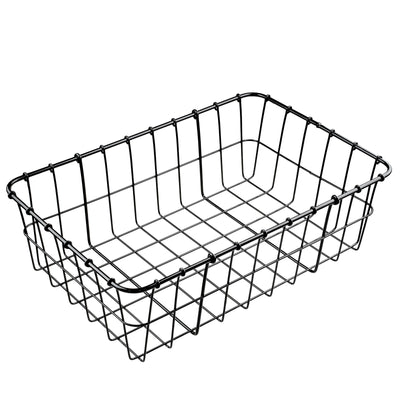How to Measure Your Hubs
Bike builds can often revolve around hubs (yes, pun intended). For many bike owners, hubs are the center piece of their bikes. Over the years, I've picked up a couple hubs, either on a deal (like an old Sun Tour XC front hub I snagged for $10 I think) or as a part for a dream build. I bought an early 90's XT rear cassette hub (back in the early 90's) and I have put it aside for a special frame one day.

First step is to determine what you need to know. Looking at a wheel building web page/spoke calculator is the first place to start. I found my rear hub there:
https://leonard.io/edd/hub/589-shimano-deore-xt-fh-m737-rear
If you're not as lucky and your hub isn't listed on a site, you're not out of luck. With a few measurements, you can get the raw data you need for any spoke calculator and be ready to go.
The main things you need to know for spoke length calculations are:
Hole Count - Your hubs and rims should match each other's hole count.
Lacing Pattern - 2 or 3-cross is the traditional lacing pattern. The number of crosses signifies how many times a spoke crosses other spokes. For other lacing patterns like Radial, 1-cross, and Crow's Foot, consult the manufacturers to confirm whether or not it's ok for that hub/rim.


Left and Right Centre to Flange Measurement - This is the distance from the center of the hub to the left (non-driveside) and right (driveside) flange. Here's how to measure these distances:
- Figure out the distance between the lock nuts (where the hub sits in the dropouts) - 100 or 110 mm is typical for the front. Most rear wheels are 126, 130, 135, or 142mm (for thru-axles). This is commonly referred to as the OLD (over locknut dimension).
- Take that number and divide by 2.
- Then measure from the flange to the lock nut.
- Subtract that number from step 2's figure (OLD/2) and you have the left/right centre to flange number.
Where Your Caliper Is - Digital is great, but analog ones work fine as well. You can do it with a ruler too in a pinch.
It's a good idea to practice with a known, measured hub to make sure you're measuring and calculating things properly.

Hub Flange Diameter - The distance across the hub's flange from hole to hole. A caliper makes measuring this much easier.

Rim Offset - You likely won't need this unless you're building really wide (mid-fat or fat bike) or asymmetrical rims.
Once you have those details, you can put those into the spoke calculator and it will give you some spoke lengths. One thing about spoke calculators is that some will create a spoke length that is slightly longer, others slightly shorter than another calculator. Depending on the brand of spoke you want to use, the spoke length recommended by the calculator may be in between available spoke lengths. So the choice of spoke length is a compromise and one that the person building the wheel should make based on their experience.
If you want to get more in depth into the world of wheel building, you can find it in Jobst Brandt's book, the Bicycle Wheel. Sheldon Brown's site has a great section about Jobst here. Wheel Fanatyk is another great wheel building site with a ton of info and great pictures. Ric at Wheel Fanatyk is one of the folks behind Wheelsmith and an absolute master wheel builder. Lots of stuff on his site to read through and try and absorb.
Wheel building is a fantastic skill to have. Not only can you build any sort of hub/spoke/rim combination to suit your particular build, it also opens up new bike build ideas that you may not have considered.





Most excellent article and bubbling with helpful information for us. Thank you.
Leave a comment